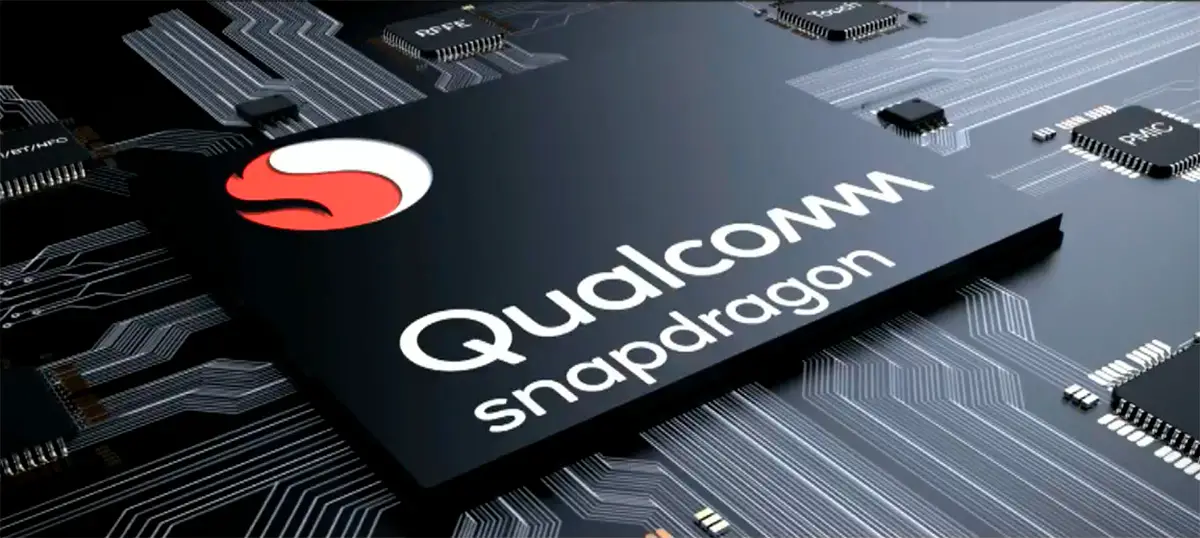Since 2017, Qualcomm has been providing solutions based on the Snapdragon platform for notebook computers and has cooperated with Microsoft to do a lot of work for the Windows-on-Arm ecosystem. After several years of hard work, it seems that the results are not great, and the market share has not increased significantly.
On the one hand, not all Windows programs can run perfectly on systems based on the Arm architecture, which is not convenient for many users. On the other hand, the Snapdragon platform provides only limited performance compared to the x86 platform, and the price is not low, which also affects sales.

Prior to this, Qualcomm acquired Nuvia for $1.4 billion, hoping to
use its design team and micro-architecture to eventually become a stronger player in the PC market. According to
TomsHardware, Qualcomm will launch a new SoC for PC, which will contain the Arm core designed by the Nuvia team, which will provide Windows PCs with stronger performance and higher efficiency. Qualcomm said that the micro-architecture developed by the Nuvia team will be extended to the fields of mobile, automotive, and data centers in due course and that it can eventually build high-performance PCs. Qualcomm plans to provide samples to PC manufacturers in August 2022 and put them into commercial use in 2023.
At present, the Snapdragon platform provided by Qualcomm to PC manufacturers is an enhanced version based on the Snapdragon solution for smartphones, and it is not enough to meet the needs of the PC market. Qualcomm’s new SoC will be specifically designed for PCs, and the custom kernel designed by the Nuvia team will be tailored to PC workloads, including Adreno GPUs, which will also be extended to the performance of independent graphics processing units. Qualcomm did not disclose what process will be used for manufacturing, guessing it is likely to be at the 5nm level.






